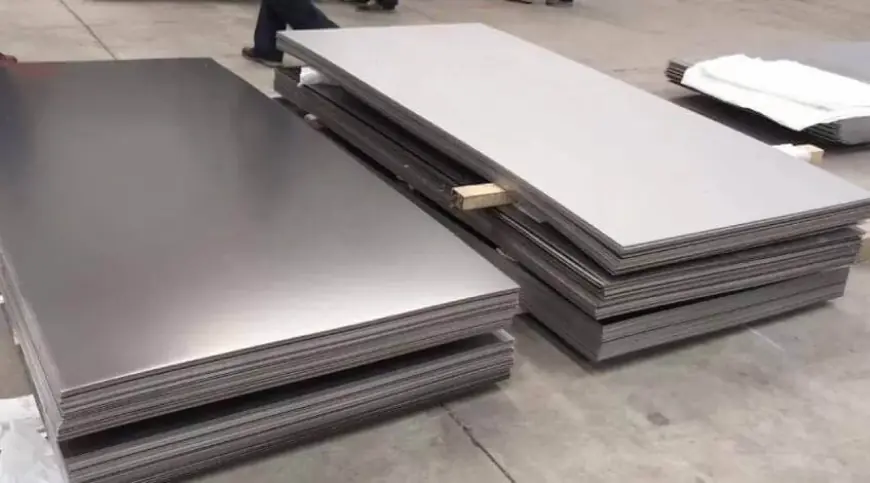An Introduction to Duplex Steel Plate
Duplex steel plates stand out as a reliable, efficient, and versatile material for demanding applications.

Duplex steel plates are high-performance alloys that have gained significant popularity in various industrial applications. Their unique strength, corrosion resistance, and cost-effectiveness make them an attractive choice for the petrochemical, construction, and marine engineering industries. Below is a detailed introduction to duplex steel plates and their remarkable characteristics.
Composition of Duplex Steel Plates
Duplex steel plates are a blend of austenitic and ferritic stainless steel structures. This dual-phase composition allows the material to exhibit the best properties of both types of stainless steel. The main elements in duplex steel plate include chromium (19–28%), nickel (up to 9%), molybdenum (0.5–5%), and nitrogen. The chromium provides superior corrosion resistance, while nickel enhances toughness and ductility. Molybdenum further strengthens the alloy against pitting and crevice corrosion, making duplex steel plates ideal for harsh environments.
Key Properties of Duplex Steel Plates
High Strength
Duplex steel plates are twice as strong as standard austenitic stainless steel. This strength allows for thinner and lighter structures, reducing material costs and weight.
Excellent Corrosion Resistance
These plates exhibit excellent resistance to a wide range of corrosive environments. They are particularly effective against stress corrosion cracking (SCC), a common issue in chloride-rich environments. The alloy's pitting and crevice corrosion resistance makes it suitable for marine and offshore applications.
Good Weldability
Duplex steel plates offer good weldability compared to other high-strength materials. Fabricators can use standard welding techniques, provided they follow proper heat input and cooling guidelines to maintain the material's microstructure.
Enhanced Toughness
Duplex steel plates maintain high toughness, even at low temperatures. This property makes them suitable for cold climates or cryogenic applications where brittle failure is a concern.
Cost-Effectiveness
Despite their superior properties, duplex steel plates are more economical than high-nickel alloys. Their ability to provide long service life with reduced maintenance needs further lowers operational costs.
Applications of Duplex Steel Plates
The versatility of duplex steel plates makes them indispensable in numerous industries:
Oil and Gas Industry
Duplex steel plates are used to construct pipelines, pressure vessels, and heat exchangers. They can withstand aggressive environments, such as those in offshore oil rigs and refineries.
Marine Engineering
In marine environments, duplex steel plates resist the corrosive effects of seawater. They are often used in shipbuilding, desalination plants, and seawater piping systems.
Chemical and Petrochemical Industry
Chemical processing plants use duplex steel plates for storage tanks, reactors, and chemical transport systems. The material's ability to handle high pressures and temperatures makes it ideal for these applications.
Construction
Architectural projects often incorporate duplex steel plates for bridges, building facades, and structural components. The material's high strength enables efficient load-bearing structures, while its corrosion resistance ensures durability.
Advantages Over Other Materials
Duplex steel plates outshine other materials in several ways:
They offer better corrosion resistance than ferritic stainless steels and higher strength than austenitic grades.
Compared to carbon steel, duplex plates enhance durability without additional protective coatings.
Duplex steel plates are a cost-effective alternative to titanium and nickel-based alloys in applications requiring high strength and corrosion resistance.
Maintenance and Longevity
Duplex steel plates require minimal maintenance due to their resistance to wear and corrosion. Regular inspections, cleaning, and proper handling can maximize their lifespan. Industries relying on duplex steel plates benefit from reduced downtime and repair costs, as these plates effectively withstand extreme conditions.

 rautsakshi567
rautsakshi567 










